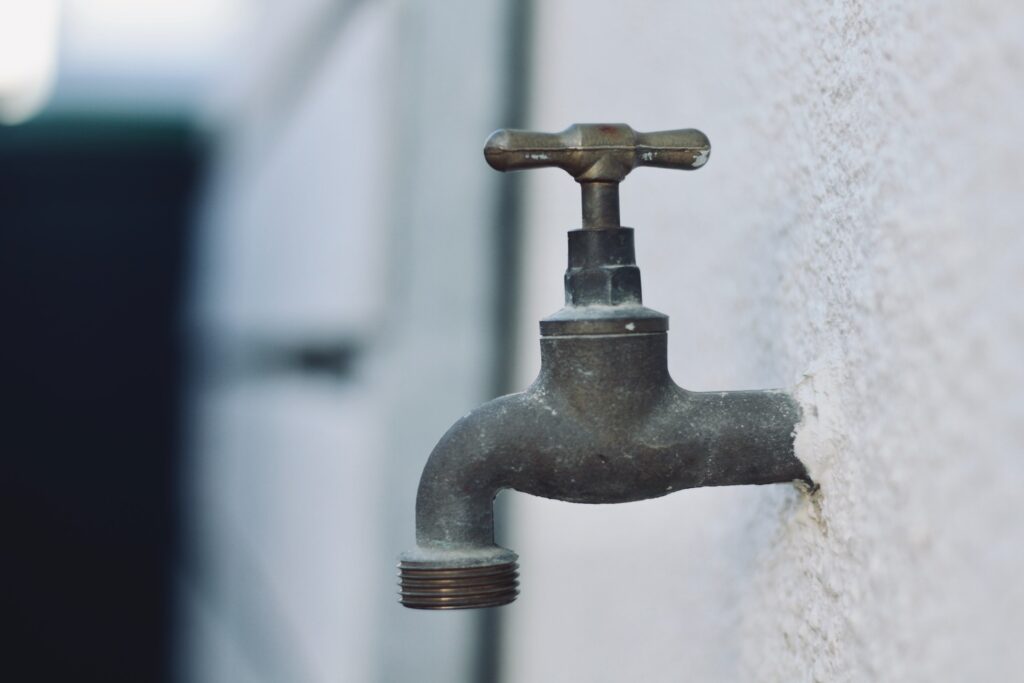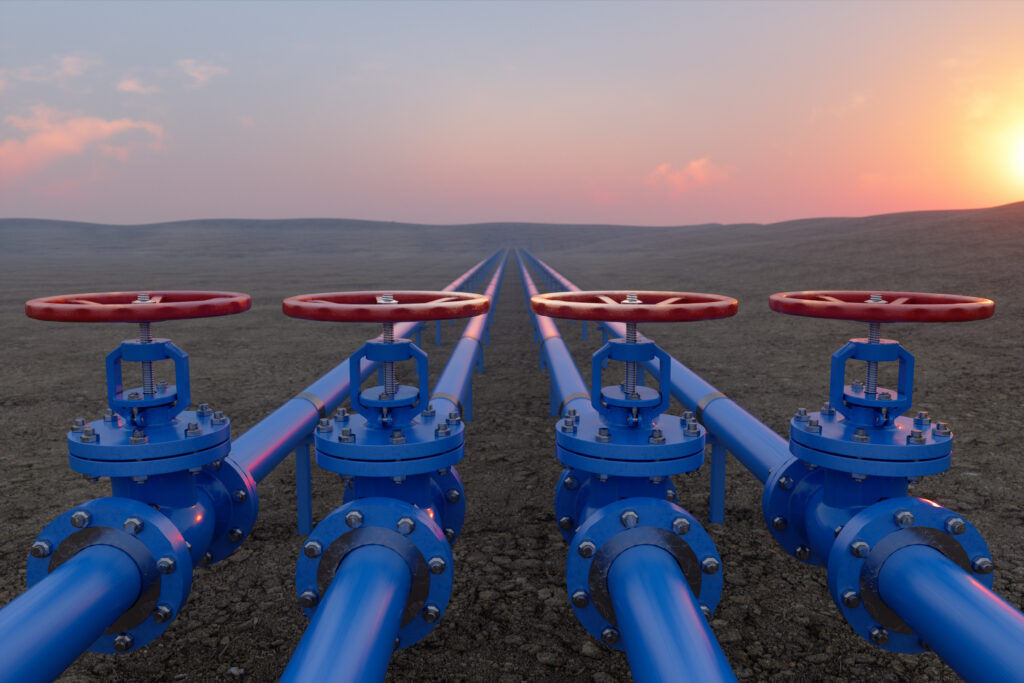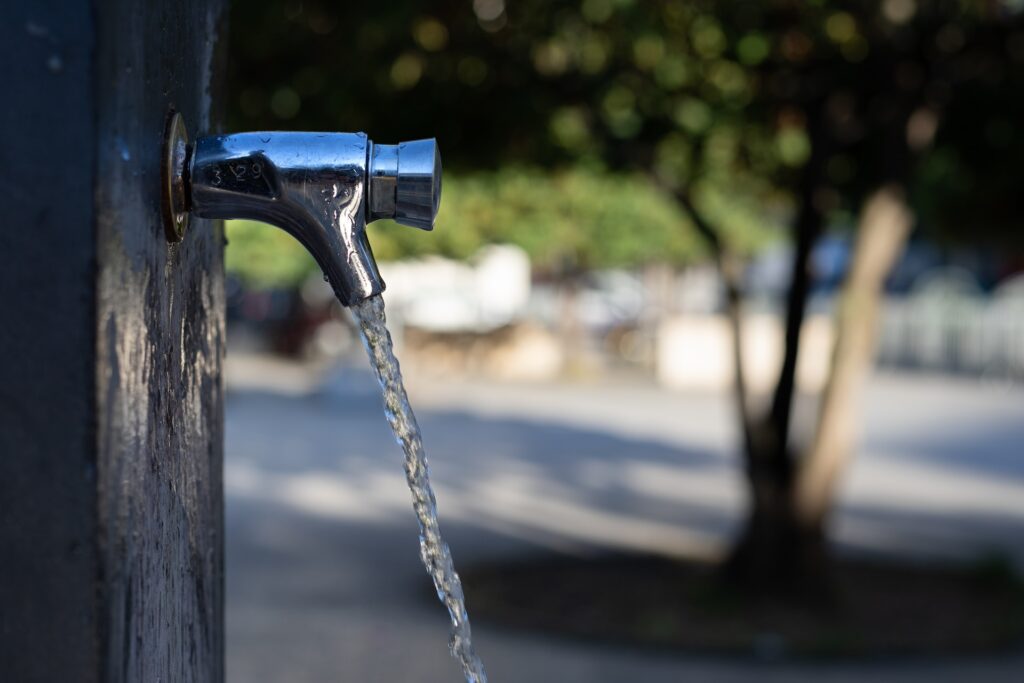Infrastructure Investment
The nation’s 15 largest regulated, private water utilities collectively invest over $6 billion annually into water systems every year. These investments ensure critical infrastructure is not only well maintained but modernized so that customers receive clean, safe and reliable water service now and for generations to come.
Investing in our future today
NAWC Member Companies are committed to strengthening America’s water infrastructure.
~250K miles
of pipe maintained by NAWC member companies to serve nearly 40 million Americans every day
171,000
U.S. jobs provided by NAWC's $6 billion investment, according to the Associated General Contractors and the U.S. Conference of Mayors
Changing the failing status quo
The drinking water sector is extremely fragmented, with over 50,000 water systems across the US. More than 90% of systems serve fewer than 10,000 people and half serve fewer than 500 people.
Water system fragmentation increases costs and often decreases water quality, perpetuating environmental injustice and causing disproportionate harm to low-income communities. This nation has many small and medium-sized water systems that are distressed. Aging and deteriorating water systems threaten economic vitality and public health.
According to the Environmental Protection Agency (EPA), key challenges facing small and midsize water utilities include: a lack of expertise to operate and maintain their systems, a lack of financial resources, and aging infrastructure. Many smaller local systems are facing shrinking budgets and have smaller populations of customers to share the increasing costs of providing safe drinking water and reliable wastewater services.
Communities nationwide are facing massive fiscal challenges to replace water and wastewater infrastructure and effectively manage their systems. Water challenges are seemingly becoming more complicated and more frequent as communities grapple with how to pay for needed improvements to their water treatment and delivery systems.
As more water utilities wrestle with regulatory compliance and costly infrastructure needs, it is important to understand the specific challenges these systems face — and the ongoing, strategic investments it will require.
Water-related services are extremely capital intensive – more so than electric, natural gas and telecom – which is why we water companies take a proactive investment strategy to ensure our country’s water future.
Resources
Benefits of working with a water company
Investment in water infrastructure creates jobs for America.

Protecting the failing status quo
Discover the truth about "solutions" to local infrastructure needs.

Water Companies and U.S. Water Infrastructure
Water professionals proudly serve and partner with cities and towns across the U.S.

America’s Water Challenges
Water quality is a serious challenge for millions of Americans.

Limited Federal Funding = Customers as Primary Funder of Critical Water Infrastructure Investments
According to the EPA, $1.26 trillion needs to be invested in water and wastewater infrastructure over the next 20 years – or $63 billion per year – to ensure safe […]



